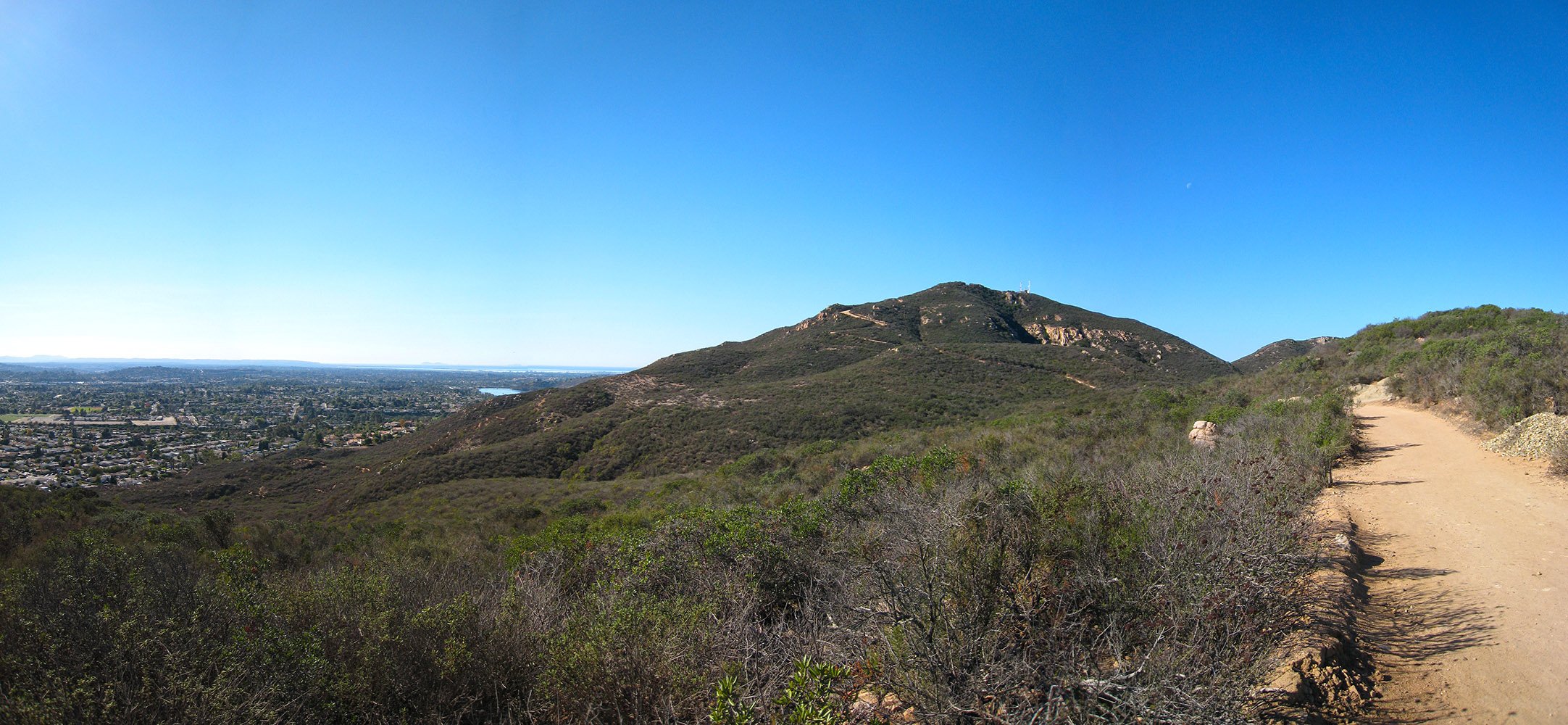Education
Etiquette
Stay on the right of every hiking trail
If mountain biking on trail: use your bell around blind corners
When in large groups, stay single file and let single hikers, mountain bikers, and equestrians pass you
Call ahead to let your hiking group know if bikers are coming
Never veer off trail to avoid habitat destruction
If you are taking a break, step to the side of the trail
Hikers and mountain bikers must yield to horses (and await instruction from equestrian riders to proceed) or other pack stock
Hikers uphill have right of way
It is polite to greet other hikers you pass
Do not disturb wildlife, do not feed them
Check trail regulations before hiking, ex. food or dog allowance (dogs must be leashed on all trails)
Remember Leave No Trace: leave the trail better than you found it and pick up any litter you may see (even if it isn’t yours)
Safety
Research ahead of time: hike elevation, duration, and duration
Never try a new hike alone, use the buddy system
Bring proper footwear with appropriate tread
Never feed or touch wildlife
Plan for the weather forecast
Always bring more water than you think you need
If you have questions, consult a park ranger
Agree on an emergency plan before beginning
Let someone else in your life know where you will be heading and when
Pack the essentials (listed below)
Have a way to call for help, especially if the trail doesn’t have cell service
Be wary: don’t bring jewelry and hide money/valuables
Don’t wear headphones on trail
Packing Essentials
Proper hiking footwear
Water bottle(s), always bring more than you think you need
First aid kit
Trail map
Hat
Layers
If rain is forecasted: poncho
Sunscreen
Snacks (check trail regulations)
For long/overnight hikes: emergency shelter, flashlight, fire starters, repair kit, extra clothes
Wildlife
Watch out for the following species commonly found on SD trails:
Coyotes
Mule deer
Rattlesnakes
California ground squirrel
Possums
Skunks
Bobcats
Mountain lions
Research wildlife found on trail before trying out a new hike. Also be aware of certain species’ nocturnal status, which means they may be more commonly found early morning.
Diversity on Trail
Hiking is an amazing equalizer: it provides people of every age and demographic the opportunity to exercise in free or inexpensive spaces
Trails can also economically boost areas through tourism
Despite this on-the-surface egalitarianism, there are still socioeconomic discrepancies
Low-income areas and communities of color are often left out of planning processes for park and trail development
Red-lined neighborhoods have fewer access to parks per person and parks with less maintenance
Racial profiling has also been seen to make POC feel more uncomfortable in the outdoors





